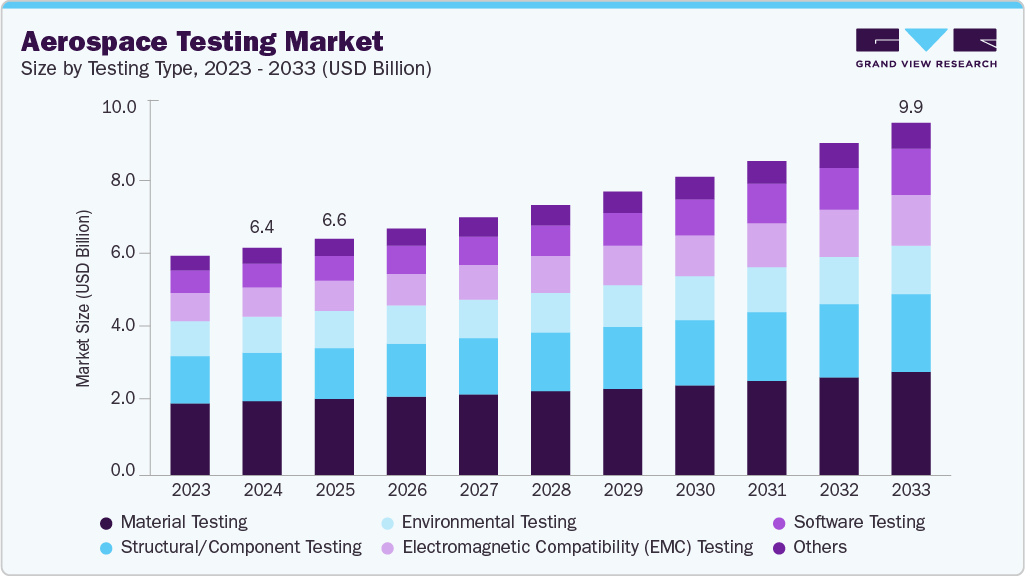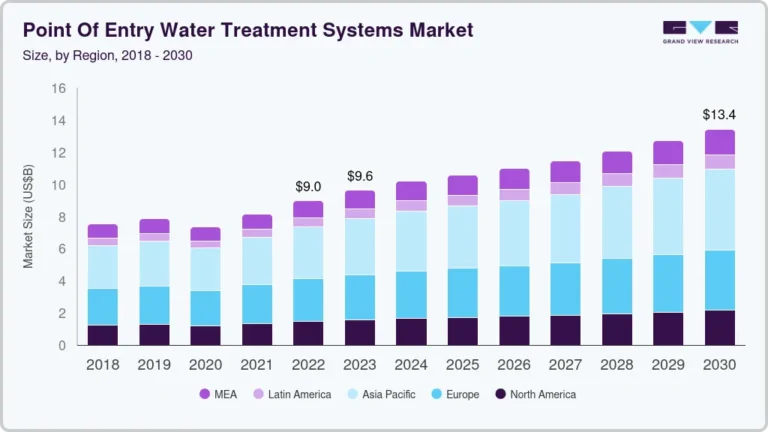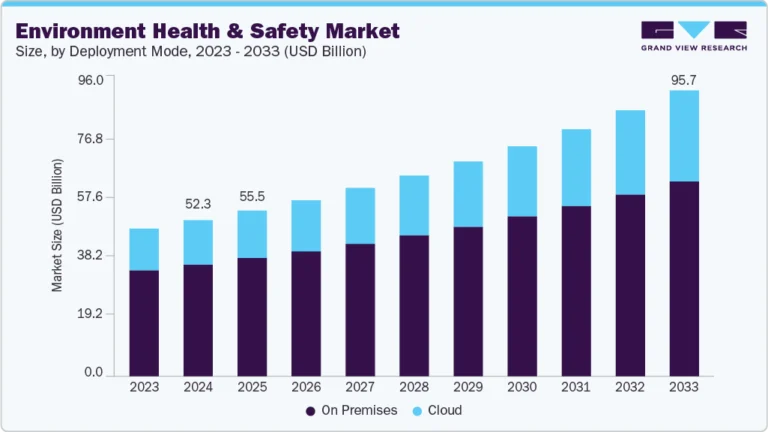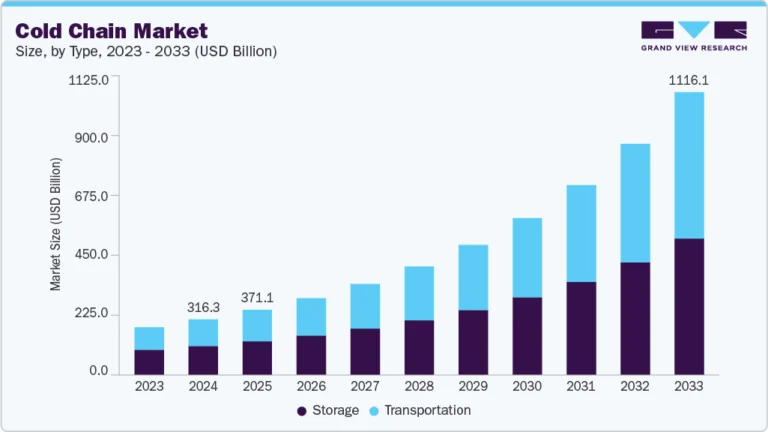Aerospace Testing Market Size, Share & Trends Analysis growing at a CAGR of 5.1% from 2025 to 2033

The global aerospace testing market size was estimated at USD 6,384.3 million in 2024 and is projected to reach USD 9,896.9 million by 2033, growing at a CAGR of 5.1% from 2025 to 2033. This growth is driven by the rising demand for sustainable aviation technologies, the greater need for material testing services, and the strong interest in military aircraft, spacecraft, and associated systems.
Key Market Trends & Insights
- North America dominated the global Aerospace Testing market with the largest revenue share of 38.3% in 2024.
- The aerospace testing market in the U.S. led the North America market and held the largest revenue share in 2024.
- By testing type, the material testing segment led the market, holding the largest revenue share of 32.5% in 2024.
- By end use, the OEMs segment held the dominant position in the market and accounted for the leading revenue share of 39.7% in 2024.
- By end use, the MROs (maintenance, repair & overhaul) segment is expected to grow at the fastest CAGR of 6.7% from 2025 to 2033.
Market Size & Forecast
- 2024 Market Size: USD 6,384.3 Million
- 2033 Projected Market Size: USD 9,896.9 Million
- CAGR (2025-2033): 5.1%
- North America: Largest market in 2024
Request a free sample copy or view report summary: https://www.grandviewresearch.com/industry-analysis/aerospace-testing-market-report/request/rs1
Aerospace testing involves evaluating the safety and performance of aerospace systems and Aviation Types. It is essential for the development and certification of new aircraft, satellites, and military systems. It ensures that Aviation Types can withstand extreme conditions, including high-speed impacts, temperature variations, and pressure shifts. These tests are conducted by manufacturers and regulatory bodies to enhance performance and minimize the risk of failures.
Moreover, aerospace testing is essential for reducing the risks and costs linked to Military Aviation defects, failures, and system errors, thereby supporting market growth. It enables early identification of potential issues like malfunctions or crashes, ensuring greater safety and operational reliability. Detecting problems in the initial stages helps prevent costly rework and minimizes the need for extensive maintenance and support. This proactive approach not only safeguards equipment and personnel but also enhances efficiency. By addressing faults before deployment, companies can streamline production, reduce downtime, and improve overall performance. As a result, aerospace testing serves as a key driver for improving cost-effectiveness and quality in the industry.
Furthermore, the aerospace testing industry is driven by advancements in lightweight, fuel-efficient aircraft designs, along with the increasing focus on services. Strict safety regulations are pushing the need for more strong and accurate testing procedures, while the adoption of advanced technologies further supports industry expansion. Additionally, the rising complexity of aerospace systems is accelerating demand for comprehensive testing solutions.






